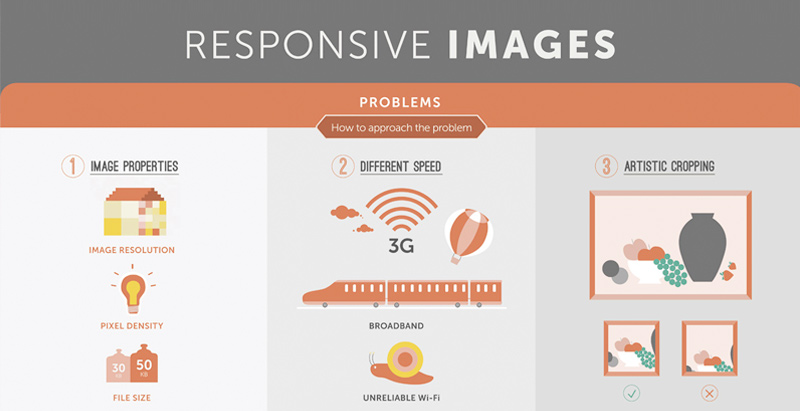Fascinated In Finding Out Just How Web Site Design Has Evolved Over The Years? Discover The Journey From Simple Layouts To User-Centered Methods
Fascinated In Finding Out Just How Web Site Design Has Evolved Over The Years? Discover The Journey From Simple Layouts To User-Centered Methods
Blog Article
Authored By-Johnsen Hejlesen
In the past, websites were basic and focused on details. Navigating was direct, and style was for desktops. Currently, individual experience is vital. Data overviews layouts for easy navigating. Responsive designs suit different tools. Today, dark setting lowers pressure, and minimalist food selections boost navigating. Interactive attributes involve individuals, and strong visuals stand apart. AI combination boosts involvement. See exactly how design has actually evolved to boost your on-line trip.
Early Days of Web Design
In the very early days of website design, simplicity preponderated. Web sites were basic, with limited colors, fonts, and layouts. The focus got on offering info as opposed to showy visuals. Individuals accessed the internet via slow-moving dial-up links, so rate and capability were crucial.
Navigation menus were straightforward, usually located on top or side of the page. Sites were developed for desktop, as mobile surfing had not been yet common. https://searchengineland.com/3-local-seo-tips-deliver-business-results-268394 was king, and designers focused on simple readability over complex design components.
HTML was the primary coding language made use of, and developers had to work within its constraints. Computer animations and interactive features were minimal compared to today's standards. Internet sites were fixed, with little vibrant content or tailored customer experiences.
Increase of User-Focused Style
With the development of web site style, a change in the direction of user-focused layout concepts has actually become increasingly noticeable. Today, creating websites that focus on individual experience is crucial for engaging visitors and accomplishing business objectives. User-focused design involves comprehending the needs, choices, and habits of your target audience to tailor the internet site's design, material, and includes appropriately.
Designers now conduct comprehensive study, such as individual surveys and use testing, to collect understandings and feedback directly from users. This data-driven technique aids in creating user-friendly navigation, clear calls-to-action, and aesthetically appealing user interfaces that resonate with site visitors. By placing the individual at the center of the layout procedure, websites can supply a much more individualized and enjoyable experience.
Responsive style has also become an essential facet of user-focused design, making sure that sites are maximized for various gadgets and display sizes. This versatility improves availability and usability, satisfying the varied methods users interact with sites today. Essentially, the rise of user-focused layout signifies a shift towards creating electronic experiences that focus on the needs and assumptions of the end individual.
Modern Trends in Web Design
Check out the current patterns shaping website design today. One noticeable trend is dark mode design, supplying a sleek and modern-day appearance while minimizing eye strain in low-light settings. Another essential pattern is minimal navigation, streamlining menus and improving customer experience by focusing on essential elements. Integrating micro-interactions, such as computer animated buttons or scrolling results, can produce an extra engaging and interactive site. Receptive design remains vital, making sure smooth customer experiences throughout different gadgets. Additionally, making use of strong typography and asymmetrical layouts can include aesthetic rate of interest and draw attention to details content.
Incorporating AI technology, like chatbots for consumer support or individualized recommendations, boosts user involvement and streamlines procedures. Access has additionally come to be a significant trend, with designers focusing on comprehensive layout methods to cater to diverse individual demands. Embracing sustainability by maximizing website performance for speed and effectiveness is another arising pattern in website design. Collaborating with individual responses and data analytics to iterate and improve layout constantly is essential for remaining appropriate in the ever-evolving digital landscape. By accepting these modern trends, you can produce an aesthetically attractive, user-friendly internet site that resonates with your audience.
Conclusion
As you assess the advancement of site layout from the very early days to now, you can see how user-focused layout has actually come to be the driving pressure behind modern-day trends.
Welcome the journey of modification and adjustment in website design, always maintaining the user experience at the forefront.
Stay present with the most recent patterns and modern technologies, and never ever quit advancing your method to create visually spectacular and straightforward web sites.
Advance, adapt, and create - the future of website design is in your hands.
